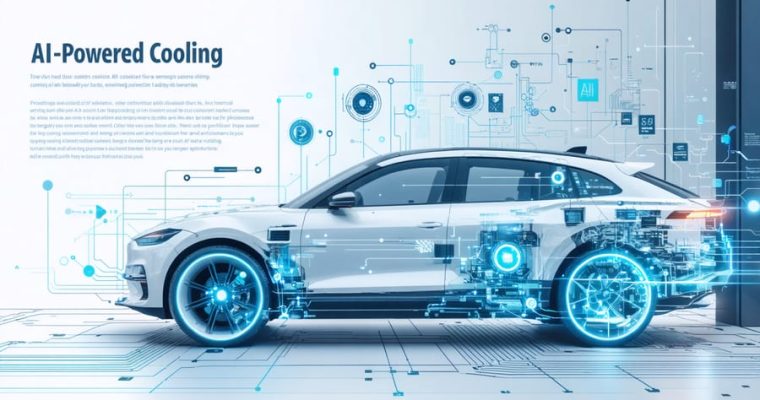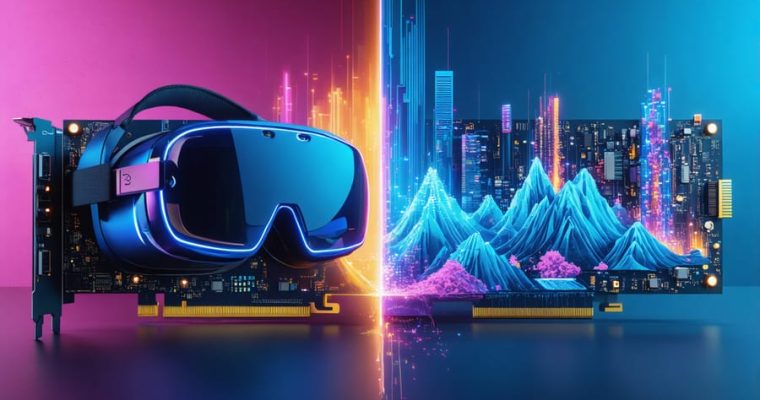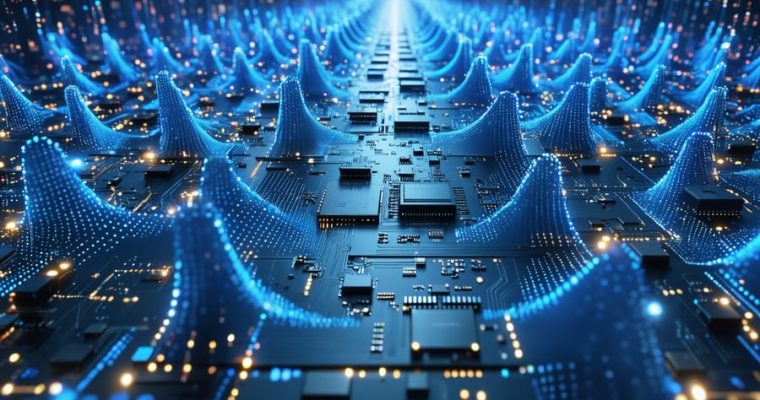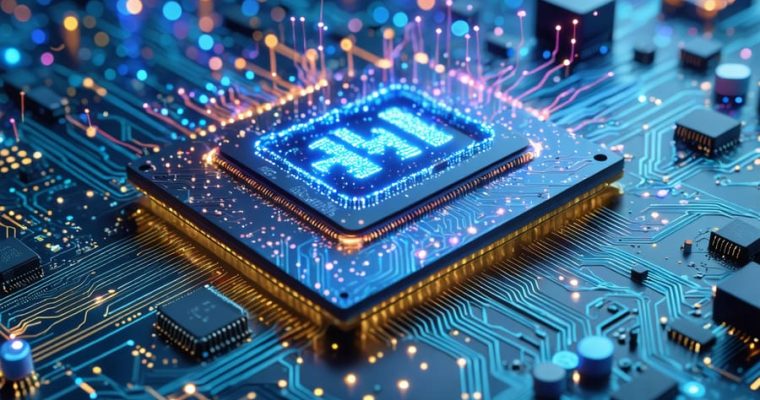AI-Powered Vehicle Cooling: The Future of Smart Temperature Control
In the race towards more efficient and sustainable vehicles, thermal management systems have emerged as a critical frontier where artificial intelligence is driving unprecedented innovation. Modern vehicles, from electric cars to traditional combustion engines, generate complex thermal patterns that directly impact performance, safety, and longevity. AI-powered thermal management systems are revolutionizing how we monitor, predict, and control temperature distributions across vehicle components, leading to significant improvements in energy efficiency and overall vehicle performance.
These intelligent systems leverage machine learning algorithms to analyze real-time data from thousands of sensors, …










